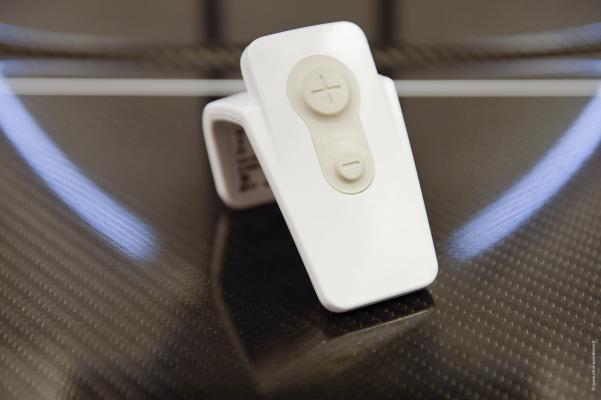
June 26, 2018 — Inadequate breast commission played a role in up to 38 percent of mammogram image quality deficiencies, according to a new article published by the U.S. Food and Drug Administration (FDA). The article is the second in a series examining the most common reasons for low-quality mammograms; the first article discussed the importance of patient positioning by the radiologic technologist.
Compression is necessary to separate overlapping breast tissue for better X-ray penetration; this in turn produces clearer images of the tissue and decreases the amount of radiation exposure needed to perform the mammogram. In addition, with the breast held in place, artifact from patient motion or breathing is reduced. Achieving adequate compression may be challenging, the agency said, but everyone involved in mammography, from the patient to the facility personnel to the equipment manufacturers, can help improve the image quality and the patient’s experience.
Like positioning, compression requires cooperation and communication between patient and technologist, as the technologist often must make fine adjustments to the compression to ensure adequate tissue separation while attempting to minimize patient discomfort. According to the FDA, studies have shown that women may fail to return for mammography due to fear of painful compression. It has also been found that a patient’s fear and anticipation of the mammogram may be experienced as worse than the mammogram itself. For this reason, a technologist’s explanation about what she is going to be doing during the exam can help prepare the patient for the experience and reduce her discomfort, which may encourage women to undergo regular screening mammograms.
Another partner in this collaboration, according to the FDA, is the interpreting physician (IP). The IP should give feedback to the RT on the image quality of the mammograms she performs. This feedback is part of good clinical practice, and is also required under the Mammography Quality Standards Act (MQSA) regulations, as highlighted in the EQUIP initiative. This initiative includes an MQSA inspection question related to the mechanism for IP feedback to the RT on images which do not meet quality standards. If one or more images presented for interpretation do not meet at least minimum quality standards set by the facility’s accreditation body, the IP should give feedback to the RT, as noted in section 900.12(d)(1)(ii)(A) of the regulations. Unless there are extenuating circumstances, those images should generally be repeated.
Another way for a facility to ensure appropriate compression is for the designated quality control (QC) technologist to properly test the mammography unit during the semiannual compression force test, one of the QC tests required by the MQSA regulations. Section 900.12(e)(4)(iii)(B) of the regulations states the requirements for passing the compression force testing. Likewise, the medical physicist (MP) also plays an important role in ensuring appropriate compression. The MP must annually review the results of the facility’s compression force testing, along with other tests conducted by the facility. For some equipment, there are also situations when tests related to compression must be performed by the MP as part of the annual survey or the mammography equipment evaluation.
In addition, the mammography equipment industry has contributed technical innovations to improve the overall comfort of mammography while maintaining image quality. The FDA has cleared for U.S. marketing many devices, accessories or features which may lessen the discomfort of breast compression. These include:
- A cushion for the breast on the surface of the mammography unit;
- Compression paddles with fixed or dynamic tilt that distribute compression across the front and back of the breast;
- A curved compression paddle to fit some breast contours; and
- A compression paddle control device used by the patient, under the guidance of the technologist, to assist the technologist in adjusting the amount of compression.
Thus, personal interactions, technical and interpretive skills, and equipment innovations all combine to promote more comfortable but adequate compression. Compression in turn provides benefits of improved image quality and reduced radiation exposure. In this way, women, radiologic technologists, interpreting physicians, medical physicists, the imaging industry and the FDA all cooperate to further the shared goal of early detection of breast cancer.
For more information: www.fda.gov


 April 18, 2024
April 18, 2024 








